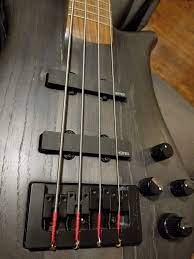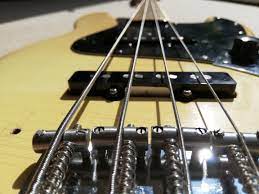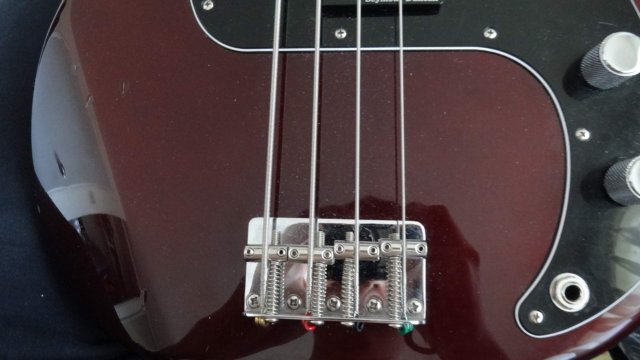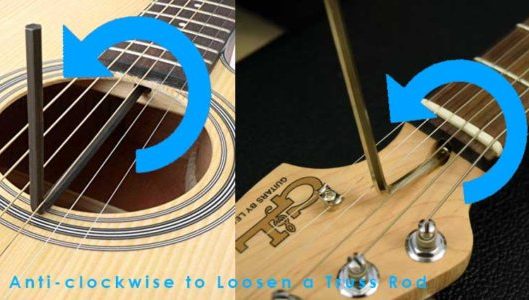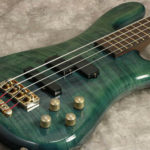Bass Setup - Action, Inotation & Neck Relief
This site contains affiliate links, which we receive a commission from any sale or purchase, and are of no cost to you. As a participant in the Amazon Services LLC Associates Program, affiliate links will redirect you to Amazon.com and its affiliate sites. Please read our DISCLAIMER for more information
How high or low the strings are above the fretboard is called action. You may hear someone say, “My action is too high.”
String height, or action, can be adjusted in two places — at the nut, and at the bridge.

